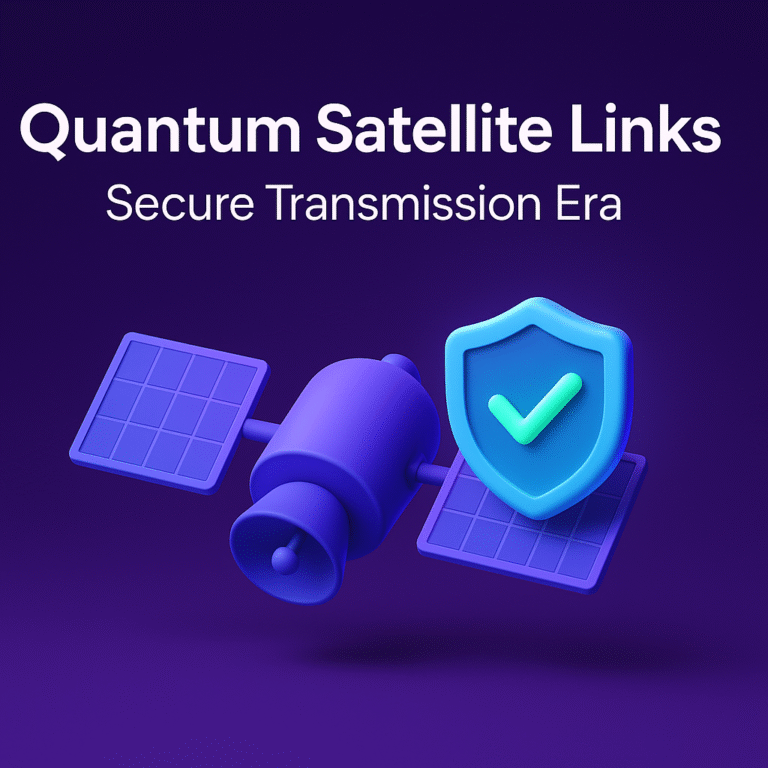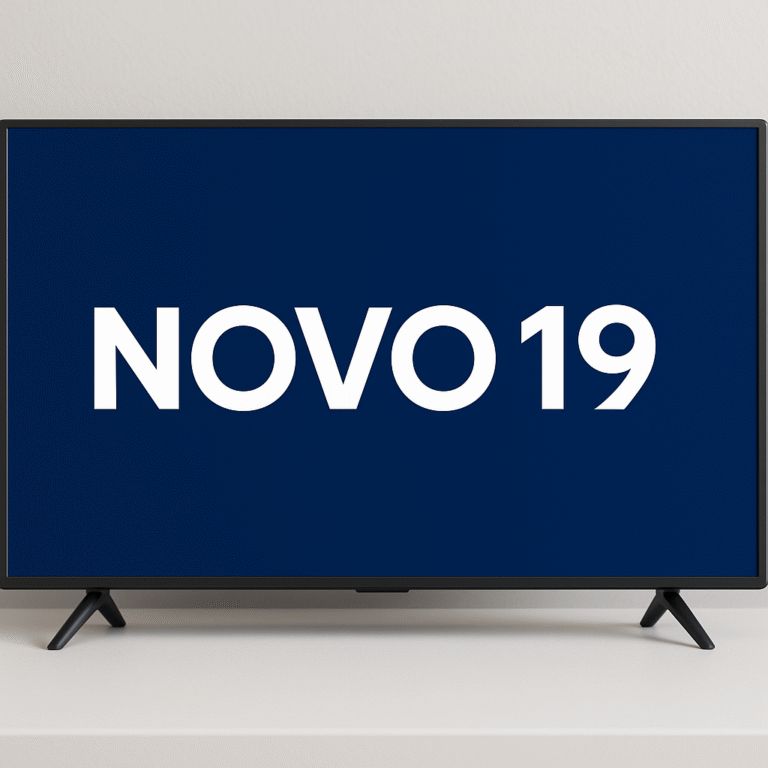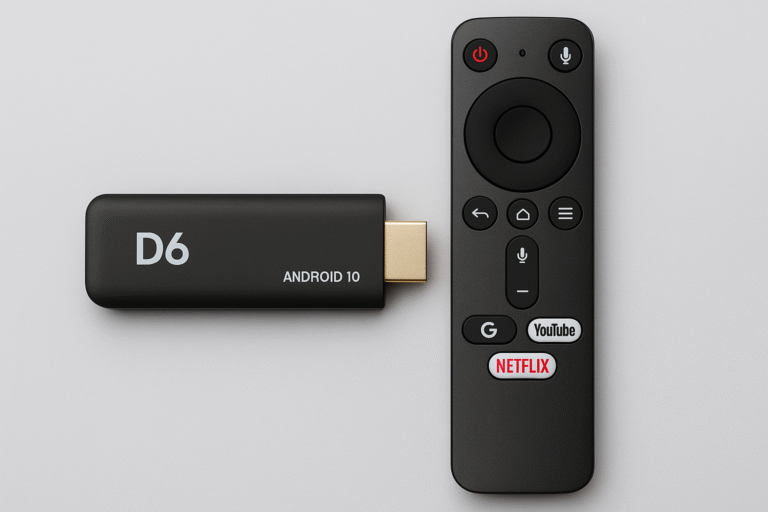How to Watch Free Channels on Hotbird 13E [2025 Setup Guide]
![How to Watch Free Channels on Hotbird 13E [2025 Setup Guide]](https://www.cccam2.com/wp-content/uploads/2025/07/hotbird-13e-satellite-europe-free-tv-map.jpg)
Hotbird 13E is a large satellite sitting at 13 degrees East. It broadcasts hundreds of TV channels to homes in Europe, North Africa, and some of the Middle East. The satellite uses advanced broadcasting tools like DVB-S, DVB-S2, and HEVC, sending both standard and HD content. Its strong signal and selection of free-to-air (FTA) channels attract people who want lots of TV choices without paying monthly fees.
Major national networks, special interest channels, and new FAST (Free Ad-Supported TV) channels all use Hotbird 13E. You’ll find news, sports, music, culture, and more as long as you have the right equipment. This guide explains how to receive these FTA channels, what you’ll need to get started, and how to stay updated with the latest broadcasts from Hotbird 13E.
Hotbird 13E Satellite Basics
Hotbird 13E sits at the center of satellite TV for Europe, North Africa, and the Middle East. Managed by Eutelsat, it is known for stable signals and wide coverage. Its technical setup and range of channels make it a go-to source for FTA broadcast in dozens of countries and millions of homes.
Location and Specs
The satellite stays fixed at 13 degrees East in the sky, above the equator. This prime location lets it beam TV signals all over the EMEA (Europe, Middle East, Africa) region. Newer satellites like Hot Bird 13F and 13G joined the fleet in late 2022, using technology from Airbus Defence and Space.
Key specs:
- Platform: Eurostar Neo with electric plasma propulsion
- Transponders: 38 Ku-band per satellite
- Digital only: Hotbird went fully digital in 2010—no analog TV left
- Standards: DVB-S, DVB-S2, with strong focus on HD and Ultra HD
Coverage
Hotbird 13E’s reach covers:
- All of continental Europe
- North Africa, including Morocco, Algeria, Tunisia, Libya, Egypt
- Most of the Middle East, including Iran and Iraq
- Parts of Western Asia
Over 155 million homes use Hotbird’s signal. In the Middle East and North Africa, more than 38 million households use it as their main TV source.
Channel Numbers
Today Hotbird 13E offers:
- Over 900 TV channels:
- Around 600 need a subscription
- About 300 are free-to-air
- More than 500 HDTV channels, plus growing UHD (Ultra HD) options
- Over 500 radio stations
There are more than 250 channels you can watch for free, so you have plenty of choices without a subscription or access card.
Why Hotbird 13E Is Important
Hotbird 13E makes it easier for people in Europe, North Africa, and the Middle East to get TV. In places where internet is slow or regular antennas don’t work well, satellite TV is still the main way to watch.
Why people rely on Hotbird 13E:
- Wide variety: National and international news, sports, music, religion, shows in many languages
- HD and UHD quality: More channels in clear, crisp HD and 4K resolution
- Stays current: Channels and frequencies updated often, bringing in new content
- Stable service: Strong signals and backup systems keep TV working even in bad weather
Broadcasters depend on Hotbird 13E to reach specialized viewers, whether it’s Arabic-speaking families in North Africa or diverse audiences in big cities. The satellite’s solid build and long lifespan make it key for satellite TV across Europe, the Middle East, and Africa.
What You Need to Watch Hotbird 13E Free Channels
To watch free channels from Hotbird 13E, you’ll need some core equipment. Each part matters for picking up, converting, and showing satellite signals. Good hardware and setup will give you strong signals and lots of channels.
Satellite Dish: Size and Placement
Start with a satellite dish made for Ku-band. In most of Europe, North Africa, and the Middle East, a 60 cm dish works for basic signals. For better results—like more channels or better signal in storms—go bigger.
- Ideal size: 75–88 cm dishes pick up more channels and stay more stable, especially if your area gets heavy rain or weak signals.
- Dish shape: Offset parabolic types are most common. Choose reliable brands and strong mounts.
- Where to place: Install the dish outside with nothing blocking its view of the southern sky. Trees or buildings in the path can weaken the signal.
A bigger dish will help keep HD and FTA channels coming in clear even in rough weather.
Ku-band LNB (Low Noise Block Downconverter)
The LNB sits at the center or “focus” of the dish. It grabs the weak satellite signals and sends them to your receiver.
- Type: Get a Ku-band LNB for Hotbird, covering 10.7–12.75 GHz.
- Single-output LNB: Use this if you only connect one receiver.
- Twin or quad LNB: Needed for multiple receivers or recorders.
Low-noise LNBs (just 0.1 to 0.3 dB noise figure) help you get a cleaner signal. Most universal LNBs work with Hotbird.
FTA Satellite Receiver (DVB-S2 Compatible)
You’ll need a digital satellite receiver that works with DVB-S and DVB-S2.
Look for:
- FTA support: Lets you watch unencrypted channels without paying
- DVB-S2: Needed for HD and newer channels
- HEVC/H.265: For the latest HD and UHD/4K channels
- HDMI output: For clear picture on today’s TVs
- Easy channel scanning: Some receivers update or scan channels automatically
- Program Guide: Makes browsing channels easy
Brands like Technomate, Amiko, and VU+ make good options for different budgets.
Cables and Connectors
Good cables keep the signal strong.
- Coaxial cable (RG6): Use for running signal from LNB to receiver, typically 15–30 meters
- F-type connectors: Standard for satellite connections and weatherproofing outdoors
Avoid sharp bends or damaged cables, which can weaken the picture or sound.
Extras for HD/4K or Advanced Setups
To improve quality or add features, pick up:
- Motorized dish mount: Lets you track satellites besides Hotbird 13E
- Multi-LNB bracket with DiSEqC switch: Add more LNBs to switch between satellites (like 13E, 19.2E, 28.2E)
- UHD TV: Needed for true 4K quality
- Conditional Access Module (CAM): Lets some receivers unlock extra paid channels if you add them later
A fast internet connection helps with software updates or channel lists, but isn’t required for watching TV.
Get these basics right, and you’ll open up hundreds of free channels from Hotbird 13E and enjoy smooth satellite viewing.
Step-by-Step Equipment Setup
Proper installation is key to getting the most from Hotbird 13E. Here’s a clear, step-by-step guide to setting up and tuning your system for the best channel selection and signal strength.
Aligning the Dish
Getting the dish pointing the right way is the most important step.
- Set position: Hotbird 13E sits at 13° East. Use a compass or a phone app to find the right azimuth based on where you live. In much of Europe, the dish points east-southeast.
- Set elevation: The angle depends on your area. In Europe, it’s usually between 30° and 40°. Adjust the dish to match this angle using the scale on its mount.
- Azimuth and skew: Loosen the mount so you can move the dish side to side (azimuth). Nudge it slowly, checking your receiver or sat meter for signal quality. Rotate the LNB (skew angle) as needed so polarization is correct and the picture is cleaner.
- Get the best signal:
- Use a digital satellite finder for instant signal feedback.
- Move the dish in small steps to get the highest reading.
- Aim for 70% signal quality or better. Above 80% is even more reliable, especially in bad weather.
- Tighten all bolts when you find the best spot.
Good dish placement, quality RG-6 cables, and a low-noise LNB help keep your channels stable over time.
Wiring Your System
Hooking everything up is quick if you have the right cables and plugs.
- Connect dish to receiver:
- Use RG-6 coax cable with F-type connectors.
- One end goes on the LNB, the other on the receiver’s ‘LNB IN’ or ‘SAT IN’ port.
- Connect receiver to TV:
- Use HDMI for new TVs. Plug it from the receiver’s HDMI out to the TV’s HDMI in.
- For older TVs, use SCART or RCA plugs as needed.
- Power up:
- Plug in the satellite receiver and TV.
- Turn them on.
- Set your TV to the right input (HDMI, AV, or SCART).
- Check the menu: You should see the receiver’s main menu or setup screen. No picture? Double-check all your cables and input selection.
Keep cable runs short and avoid sharp bends to stop signal loss.
Tuning and Scanning for Channels
The last step is scanning for channels on Hotbird 13E.
- Pick the satellite: In your receiver menu, select Hotbird 13E (sometimes called Hotbird 13.0E or Eutelsat Hot Bird).
- Manual tuning: You can enter main Hotbird transponder frequencies by hand if needed:
- 10775 MHz H 29900 5/6
- 11219 MHz H 29900 5/6
- 10804 MHz V 27500
- 12515 MHz H 27500
- Set polarization (H or V), symbol rate (like 27500 or 29900), and FEC (like 3/4 or 5/6).
- Auto-scanning: Most receivers let you search all Hotbird channels at once—look for an auto-scan or “blind scan” setting. Use network search or NIT for more complete results.
- Sort your channels:
- After scanning, your receiver lists all found channels.
- FTA channels are open; pay-TV channels usually have a lock symbol.
- Clean up the list or delete unneeded duplicates to make browsing easier.
Scanning your channels every few months keeps the lineup current with Hotbird 13E’s changes. If some channels drop out, check dish alignment, cable condition, and LNB quality.
A thorough setup—dialing in the dish, hooking up the receiver, and programming your channels—brings you strong and steady service from Hotbird 13E.
Popular Free Channels on Hotbird 13E
Hotbird 13E’s lineup of free-to-air (FTA) channels stands out for its variety and reach. You’ll get news, entertainment, sports, documentaries, education, and specialty shows in many languages. With the latest Hotbird 13F and 13G satellites, picture quality and channel count are better than ever.
News Channels
Hotbird 13E offers several news networks in multiple languages, covering both international and regional stories.
- Al Jazeera Arabic HD: 24-hour coverage of global and Middle East news in Arabic.
- France 24 HD: News in English, French, and Arabic, with a European focus.
- Euronews: Pan-European news in English, French, Italian, Arabic, and others.
- CNN International: English-language news, business, and world events.
- UATV Ukraine: News from Ukraine in Ukrainian and English, popular in Eastern Europe.
These channels broadcast in HD and are open to everyone—no subscription or sign-up is needed.
Entertainment and General TV
Hotbird brings a strong mix of general and special programming.
- Rai Italia: Italian movies, culture, and general programs.
- TV5 Monde Europe: French-language series, films, and talk shows.
- WedoTV FAST Channels: Free German and English movie, story, and sports channels.
- Iran International: Persian news, arguments, and talk shows.
- Class TV Moda: Italian fashion and lifestyle.
- Nile TV International: Arabic, English, and French programs for North African and Middle Eastern viewers.
There is something for everyone, from mainstream to niche interests.
Sports Channels
While top sports broadcasts are usually paid, Hotbird still delivers some free sports channels.
- WedoTV Sports: Free German and English sports events and documentaries.
- Sport Italia: Covers football, motorsports, and other leagues for Italian-speaking viewers.
- Qatar TV: Shows regional sports events and highlights in Arabic.
- TRT Spor: Turkish coverage of sports like football and the Olympics.
Most are available in HD and don’t need any subscription.
Educational and Cultural Channels
Hotbird’s selection for learners and culture fans is strong.
- DW (Deutsche Welle) English: Documentaries and education in English.
- Arte HD: Top European arts and culture in French and German.
- TVP Polonia: Polish news, education, and culture.
- Tamazight HD (2, 3): Educational and cultural programs for North Africa in Berber and French.
- Rai Scuola/Radio: Science and education in Italian.
These are great for families and students looking for quality content.
Themed and Niche Content
Hotbird stands out for themed channels that fit specific interests.
- MyZen TV 4K: Mindfulness and lifestyle in crisp Ultra HD.
- Travelxp 4K: Travel and adventure in full UHD.
- Religious channels: Multiple Christian, Muslim, and multi-faith stations in several languages.
- Music and youth: Local channels like Szlagier TV (Polish) and Radio Oujda (Arabic) for regional fans.
New channels appear almost every month as Hotbird grows its partnerships.
Languages Supported
Hotbird 13E is known for supporting many languages, including:
- Arabic
- English
- French
- Italian
- German
- Polish
- Farsi
- Turkish
- Berber
This makes it a top pick for families with roots in other countries, students, or anyone wanting to watch programs from around the world. Many channels add subtitles, extra audio tracks, or support interactive features.
To keep up, check frequency lists and scan your receiver every couple of months.
Keeping Your Channel List Up To Date
Taking care of your channel list matters if you want easy, reliable TV on Hotbird 13E. Because channels move or get new frequencies, keeping things clean saves you time and hassle.
How Often to Scan
Channels on Hotbird 13E change a lot. Run a full channel scan at least every three months. If you like having the latest, scan monthly. For most people, every quarter works well and helps avoid missing channels from updates.
Reasons to rescan:
- New channels launch all year
- Channels move to new frequencies
- Networks reorganize or satellites shift
- Some HD and 4K channels switch to new formats
In your receiver, use “Network Search” or “NIT Search” to find updates faster.
Organizing Channels
After a scan, you might have hundreds of channels, including duplicates or wrongly named entries. Cleaning up makes browsing smoother.
Try this:
- Delete duplicates: Remove copies so every channel appears once.
- Group favorites: Make news, sports, kids, or favorites lists for quick access.
- Rename: Give channels clear names if your receiver lets you.
- Remove unused: Receivers can only hold so many channels, so delete those you never watch.
Better receivers have tools to help you do this with just a few clicks.
Fixing Lost or Moved Channels
If a channel disappears:
- Try scanning the latest frequency for that channel
- Add missing ones manually with their new settings (frequency, symbol rate, FEC)
- Do a network scan to find recent changes, including HD and UHD upgrades
- Check satellite forums or frequency sites for the newest updates
Some advanced receivers warn you when a channel disappears and can help fix it.
Getting Reliable Signals
Good channel lists only matter if your setup works well.
- Use solid RG-6 cables and tight connectors to avoid weak signals
- Check your dish and LNB every year for rust, weather damage, or looseness
- Update the receiver firmware when you can to fix bugs and get new features
- Don’t overload your receiver with encrypted or poor-quality channels, as this can slow it down
A few minutes every quarter helps you keep Hotbird 13E running smooth with no missing channels or glitches.
Wrapping Up
Watching Hotbird 13E’s free channels gives you lots of choice in news, sports, entertainment, and education. Choose the right dish and receiver, set up for a strong signal, and scan channels with care. Scanning often keeps your TV fresh with new options and the latest formats.
Hotbird’s FTA lineup is strong for 2025, with something for everyone across Europe, North Africa, and the Middle East. Try out different channels and see what works best for your setup.
Share your tips, new channels you’ve found, or any questions in the comments below. Your input helps others enjoy their satellite TV even more. Thanks for reading!






